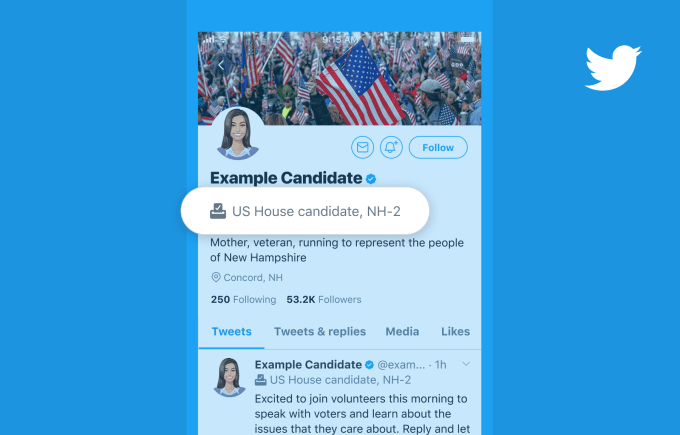Atlassian has a portfolio of developer tools like Bitbucket, Jira and Confluence. It also has a marketplace with hundreds of add-ons, but what it lacked was a development platform to call its own. Today, that changed when the company announced the Forge platform.
“Forge will empower developers to more easily build and run enterprise-ready cloud apps that integrate with Atlassian products,” the company wrote in a blog post announcing the new tools.
The platform consists of three main components. For starters, it’s providing a serverless Function as a Service (FaaS) for developers to build hosted applications on Forge without worrying about the underlying infrastructure resources required to run the applications. The tool is actually built on AWS Lambda, AWS’s FaaS.
This should allow more developers to get involved because it strips away a layer of complexity around managing infrastructure. “A FaaS platform also lets us eliminate common pain points such as authentication, identity, scaling and tenancy,” the company wrote in the blog post.
The tool kit also includes a UI component called Forge UI for building user interfaces on the web or devices. Forge UI uses a declarative language that should make it easier to build user interfaces, and as with the function layer, the idea here is to simplify the process for users. Atlassian will deal with all of the security involved in building a user interface, something that many developers struggle with.
“By abstracting away the process of rendering the UI layer, Forge makes stronger guarantees about how apps present or transmit sensitive data, such as user-generated content and personally identifying information,” the company wrote.
The final piece is a command line interface (CLI) called Forge CLI. The idea here is to build continuous delivery pipelines with Bitbucket and run them from the command line. If you put all three of these components together, you have a pretty comprehensive development environment with tools for building functionality and designing user interfaces, while managing operations from a command line.
There are lots of platform service offerings out there, so Atlassian faces some competition here, but for developers who planned on building apps for the Atlassian marketplace, this set of tools could prove useful and help push more developers to join in.



